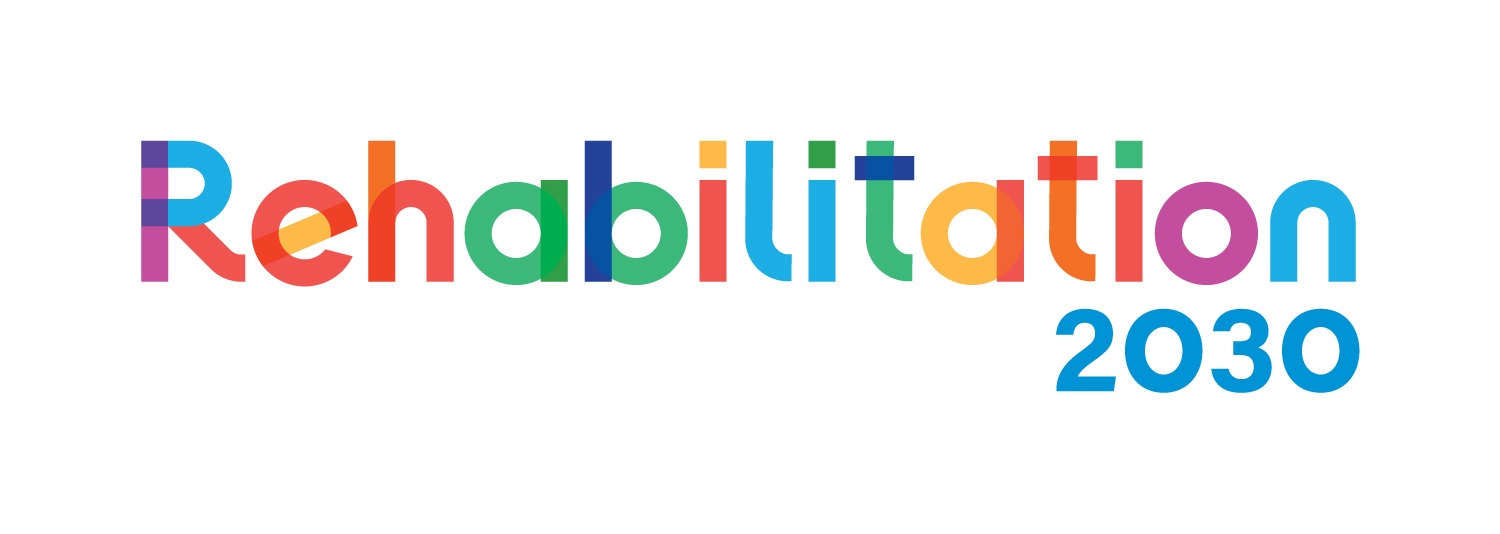Monitor

Follow the steps involved in monitoring the person as they go through self-care rehabilitation.
- Re-assess difficulties with activities of daily living by asking the same questions asked initially during the initial assessment.
- Review activities of daily living interventions. For example, ask whether the person with difficulty feeding is able to manage their own cutlery and eat without assistance
- Progress self-care interventions. For example, if the person finds putting on a dress with a zipper ‘easy’ progress to putting on a dress with buttons.
- Refer the person to other medical specialists if there are red flags or no improvement seen in activities of daily living.
For example, if a person who has been taught how to practice bathing presents with pain and swelling in the wrist joint following a fall without imaging, refer immediately to a medical specialist.
Similarly, if a person has been taught how to practice the sequence of bathing and does not show any improvement after about 2 weeks of frequent daily practice, refer to a medical specialist.
Note:
Remember to empower the person and caregiver (if there is one) to take control of their rehabilitation. (Refer to the steps in the ‘Introduction to Rehabilitation module)
![]() Question
Question
Remember Tevita?

After receiving rehabilitation interventions for self-care, Tevita can now eat by herself using adapted eating and drinking products. Tevita also has reminders and picture diagrams of her daily activities to help with the memory difficulties. During one of her visits however, she informs you that she has difficulty tying her shoe laces because of the osteoarthritis.
What can be done to assist Tevita to comfortable wear her shoes?
Select all that apply.
- a. Reassess Tevita’s difficulties with activities of daily living including wearing of shoes
- b. Review Tevita’s plan and train her to practice tying her shoe laces
- c. Discharge Tevita from rehabilitation as her difficulty does not require rehabilitation
- d. Review Tevita’s plan and advise her to in the meantime wear shoes with Velcro straps to make it easier for her to wear shoes
- e. All of the above
If you selected a, b and d you are correct
Monitoring any rehabilitation intervention provided includes reassessing and reviewing the initial plan made and making changes if required before progressing, referring or discharging. The ideal action in this case will be to review Tevita’s plan and advise her to get shoes with Velcro straps to make it easier for him to put her shoes on while training her to practice how to tie her shoe laces.
You have completed Lesson two!
If you have any questions or comments, post them on the discussion forum.
